Say your business is making a loss hand over fist, month after month. Making a loss prompts a strong emotional reaction in corrective action as it should. So a key measure in anyone’s business - a loss - promotes action to improve your businesses results; through increasing sales or decreasing costs. Shouldn’t we all be taking timely actions to prevent the loss in the first place?
What is your business goal for 2016
When I ask our clients this question, the resounding response is to ‘make more money’. Exciting. One suggested they wanted to cut costs by £40,000. - marvellous - but then I went on to ask how they were planning to achieve this; and the response was anything but.
In order to demonstrate this, we need to return to the science of goal setting, to give yourself focus and guidance in your actions in order to achieve financial success. In a summary of over one thousand goal setting studies Locke and Latham concluded:
“There is strong evidence that the increases in job performance produced by goal-setting have important economic and practical value”.[1]
Within this, one study in particular demonstrates the value of smart goal setting. In a 1992 study inside two of Scotland’s busiest Orthopaedic hospitals[2], patients were encouraged to complete a 13-week recovery plan to coincide with their physiotherapy. During this time patients who formed implementation intentions during their goal setting were found to have initiated 18 out of 32 activities sooner than those who had not. So what does this mean in practice? Patients were encouraged to complete thirteen one-week plans featuring 3 simple questions;
- My goals for this week are…
- What difficulties may you encounter achieving this goal?
- What are you doing to mitigate this disruption?
Granted, you are not recovering from invasive knee reconstruction, you are running a business but four things are clear.
i) your goals must be written down
ii) your goals must be stretch goals
iii) your goals must be specific
iv) your goals must plan and anticipate future difficulty
Stretch goals
The commonly accepted framework for goal setting revolves around the SMART acronym.
- SPECIFIC
- MEASURABLE
- ACHIEVABLE
- RELEVANT
- TIME BOUND
“I’m going to walk and meet my wife at the bus stop at 3:30 in the afternoon. If its too painful I’ll take extra painkillers, and Ill take my raincoat if its raining.”
By anticipating future disruptions, the participants were able to stretch themselves beyond comfort, verging on physical pain. Now, we at Foster Mann definitely do not recommend undergoing physical pain to achieve your businesses goals, yet this example demonstrates the mindset required to push oneself. The aim is to replace ‘Achievable’ with ‘Awesome’; shoot for the stars - go the whole nine yards.
Your next steps
Stop treating goal setting as just another annual planning exercise, start using stretch goals; to stretch your people, to stretch your creativity and do it regularly.
Start by working out your stretch Outcome Goal. The goal you want to achieve over this 12-week process, the disruptions that may get in the way of you achieving this goal, and how you are going to mitigate them.
Every Monday morning, before you open your email client of choice, write down your one main goal for the week ahead. These are your stretch Process goals, and they’re going to enable you to reach your desired outcome.
Talk to Foster Mann about a new One Page Business Plan for your business, in order to measure and manage the Key Predictive Indicators that will help you unlock exceptional business performance.
__________________________________________
Locke, E. and Latham, G. (n.d.). New developments in goal setting and task performance.
Orbell, S. and Sheeran, P. (2000). Motivational and Volitional Processes in Action Initiation: A Field Study of the Role of Implementation Intentions1. J Appl Social Pyschol, 30(4), pp.780-797.

